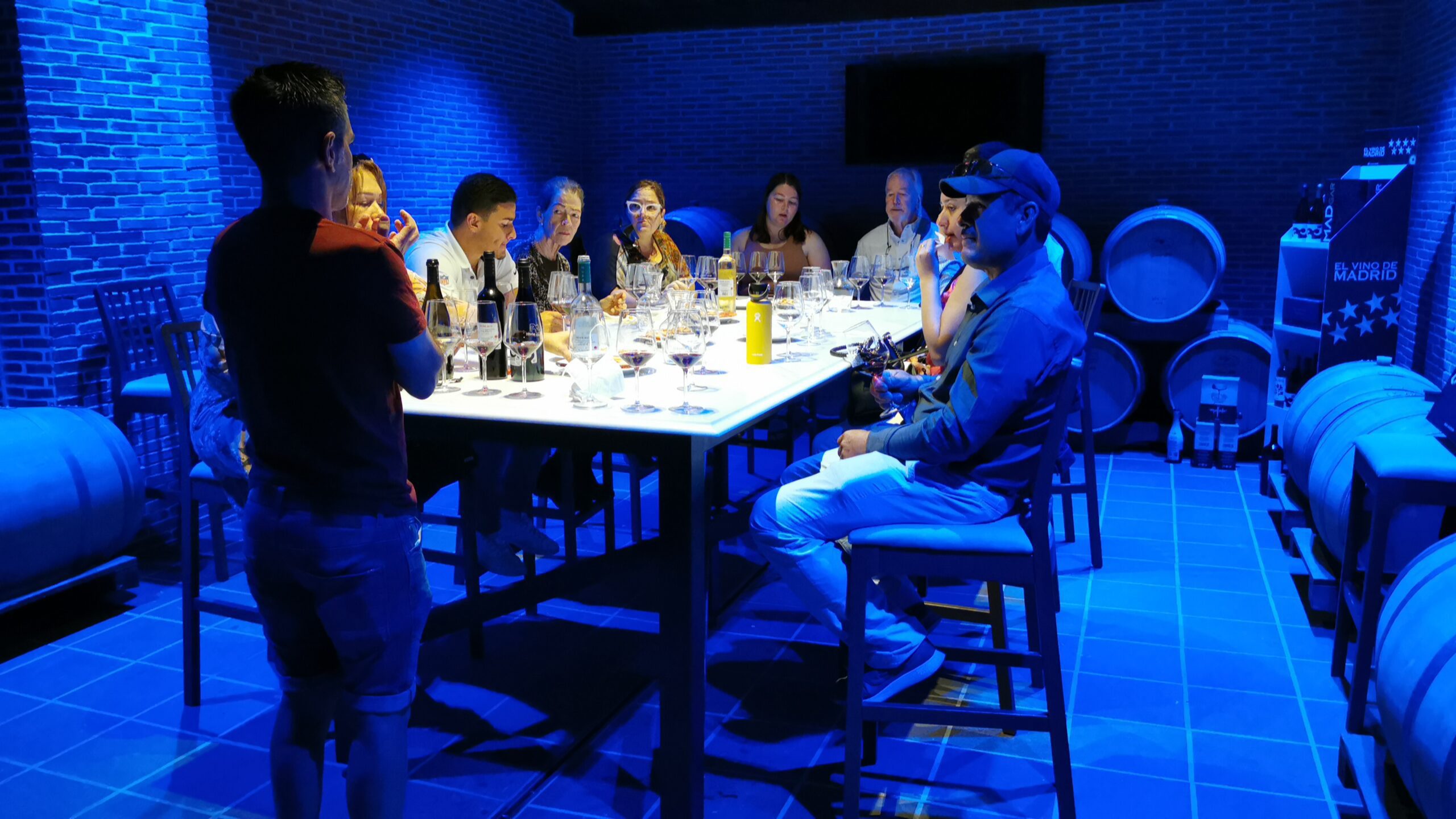
Segovia: history, culture and exquisite wines
Segovia is a jewel in the heart of Spain that not only stands out for its incredible historic and architectural heritage, but also for its

Director of Wine Tours Madrid.
Wset 3 and Senior Viticulture Technician.

Few would have imagined fifty years ago that the wines of Madrid would continue to be talked about centuries after their reputed fame celebrated by authors such as Cervantes, López de Vega or Calderón de la Barca. A wine region that extends from the confines of the community of Madrid along the A3 to the borders with Toledo and Ávila in the Tiétar valley.
Undoubtedly, the development of viticulture as a commercial activity in the surroundings of the court is from its beginnings linked to the small town of Madrid, which became the capital of the kingdom in 1561. It is in fact in the 16th century when the first mentions of the renowned wines of San Martín de Valdeiglesias appear, especially the fine albillos. According to historical testimonies, Garnacha was already being cultivated in this area back in the 12th century and Tempranillo in the eastern area would arrive centuries later.
The wines of Madrid in the community of Madrid today are protected under a common appellation of origin "Vinos de Madrid" which in turn is divided into four distinct sub-zones: San Martín de Valdeiglesias; Navalcarnero; Arganda; El Molar.



The wines of Madrid suffered a major blow with the arrival of the railroad from La Rioja and Valdepeñas, which flooded the capital's market with cheap foreign wines of a consistent quality that the artisan wines of the Madrid region could not offer. Thanks to local consumption valley by valley and the drive of a city that did not stop growing, wine production was kept alive but under social, political and economic conditions that have led to a steady decline in the number of hectares of vineyards over the last hundred years. The creation of the Denomination of Origin in 1991 gave a new boost to Madrid wines under a modern approach. modern approach focused on the quality of the final product and care for a typicity that harbors great diversity within itself. This great diversity, which is no more than a reflection of the differences in climate and soil found within the Community of Madrid, has led some wineries in the area of San Martín de Valdeiglesias to claim a different protection that highlights the differential qualities of mountain wines made in granitic soils under conditions very different from those of the rest of the Madrid region and more in line and brotherhood with the wines of Cebreros and the entire granitic mountain range of Gredos.
Thanks to the initiative of Madrid Rutas del Vino, to the immense work of the wineries and leisure spaces as well as to the local wine tourism agencies, today there is a consolidated wine tourism market in Madrid that, through a series of wine routes, proposes to enthusiasts and neophytes to leave the city to get to know the excellent wines of Madrid.
A winery tour through the community of Madrid brings us closer to the rich architectural heritage of the community, invites us to taste wines of Tempranillo, Garnacha, Malvar, Albillo Real and many other grapes generously accommodated to our territory. Wine Tour Madrid offers several winery tours in Madrid as a daily tour from Monday to Friday for a maximum of seven participants or a private tour that includes hotel pick up, visit to three renowned wineries, the approach to the winemakers and their winemaking work and a great traditional meal in restaurants with a lot of solera. During our tour of Madrid we can choose between visiting the area of Arganda with its subway cellars, its huge earthenware jars still in use in some wineries, its rich historical heritage in towns like Chinchón or Colmenar de Oreja and the combination of leisure, fun, culture and gastronomy.




Madrid wines are reaching more and more markets, including foreign destinations that are beginning to appreciate the great work of oenologists and winemakers to dignify an area that has all the necessary elements to produce great wines. Wineries such as Licinia, Comando G, Las Moradas de San Martín or Bodegas Marañones are proving that Madrid wines have nothing to envy to other wines produced in renowned regions such as Rioja or Ribera del Duero.
We encourage you to travel with us through some of the most unknown but magical corners of the Community of Madrid in one of our Wine Tours of Madrid.
Wine Tour Madrid has designed for you a selection of wineries that combine history, quality and a warm welcome from their owners. During our tour of wineries in Madrid you will learn about the techniques used to cultivate goblet-trained vines, so important historically in order to maintain the vines in good condition for dozens of years, which had to adapt to an extremely harsh climate. We will also approach the traditional winemaking techniques of centuries ago to gradually understand how it has evolved from the bulk wines produced historically to the quality wines with designation of origin of today. During the tastings, which will be conducted by the winery managers, we will have the opportunity to pair the wines with local products since the countryside of Madrid offers many quality products such as olive oil, cheese and garden products. Before returning home we will have the opportunity to stop in one of the villages to enjoy its rich historical heritage such as the square of Chinchón or the church of Colmenar de Oreja.

Segovia is a jewel in the heart of Spain that not only stands out for its incredible historic and architectural heritage, but also for its

The DOC Rioja was the first wine region in Spain to obtain a quality seal for its wines. Developed as a region
Recent studies have shown that the origin of wine is older than we thought. We could speak of eleven thousand
©2022 ALL RIGHTS RESERVED
WhatsApp us